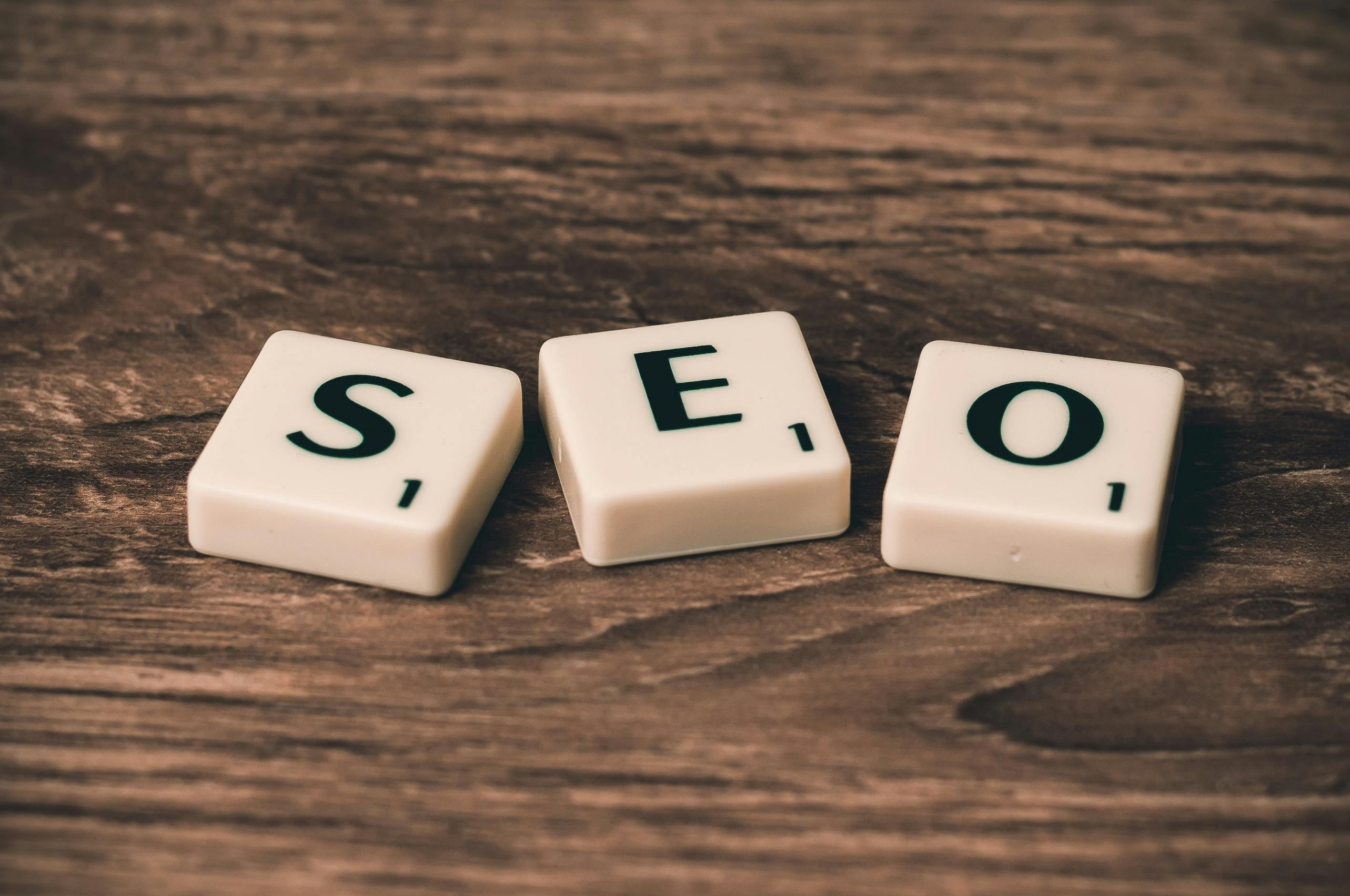Imagine you’ve poured your heart and soul into writing a fantastic blog post, but you feel like it’s just sitting in a dark corner of the internet, gathering digital dust. You wonder what’s missing. The answer could very well lie in the power of your headline. I’m here to share a secret with you: mastering the art of crafting engaging headlines is your ticket to grabbing your audience’s attention and pulling them into the wonders of your content. In “Crafting Engaging Headlines for Your Blog: A Comprehensive Guide,” I’ll walk you through every step you need to take to transform your headlines from bland to captivating.

Understanding the Importance of Headlines
Why headlines matter
Headlines, to me, are like those first few notes of a song that decide whether you’ll skip it or let it play. They’re crucial because they’re often the first thing readers see. In the vast sea of content out there, a headline has the power to catch an eye, pique curiosity, and draw someone in. It’s not just about getting noticed, though. A carefully crafted headline acts as a promise, a snippet of what’s to come, enticing the reader to invest their time in the content.
First impression with your audience
Think of a headline as a first impression. We all know how lasting first impressions can be. If it’s weak or misleading, readers might not give the content a chance, even if it’s exactly what they’re looking for. On the flip side, a strong, clear, and engaging headline can build anticipation and trust, making readers feel like they’ve come to the right place.
Impact on SEO
Search Engine Optimization (SEO) isn’t just about keywords and backlinks; headlines play a significant role too. A well-optimized headline, containing relevant keywords, can significantly improve a blog’s visibility on search engine results pages (SERPs). This means more potential readers and a higher chance of your blog being shared and talked about.
Influence on click-through rates
The battle doesn’t end with appearing on SERPs; the ultimate goal is to get readers to click through to your content. This is where headlines can be a game-changer. A compelling headline has the power to significantly increase your click-through rates. It’s the difference between being scrolled past and being read.
Know Your Audience
Analyzing audience interest
To create headlines that resonate, I start by putting myself in my readers’ shoes. What are they interested in? What problems are they looking to solve? Understanding your audience’s interests is the first step toward crafting headlines that catch their attention.
Use of analytics to understand reader behavior
Analytics tools are my go-to for getting a deeper understanding of my audience. By examining which articles get the most views, shares, and engagement, I can identify patterns in what my readers prefer. This insight is invaluable when brainstorming headline ideas.
Applying reader persona in headline creation
Creating reader personas is like sketching a semi-fictional character who represents my ideal reader. This exercise helps me think about headline ideas from various angles, ensuring they’re tailored to the interests, needs, and behaviors of my target audience.

Art of Using Powerful Words
Including power words for impact
Power words are my secret sauce. They’re emotionally charged words that can make a headline irresistible. Words like “unbelievable,” “essential,” “exclusive,” or “free” can add a punch to your headline, compelling readers to click.
Role of positive and negative superlatives
Superlatives aren’t just for school reports; they’re fantastic tools for creating engaging headlines. Whether positive (“best,” “easiest”) or negative (“worst,” “hardest”), they set expectations and prepare the reader for what’s to come, adding an edge of competitiveness or challenge to the content.
Effect of emotional words
Emotional words stir something in readers, prompting them to act. Whether it’s curiosity, excitement, fear, or joy, a headline that taps into emotions can be powerful. It’s about creating a connection, making the reader feel something before they’ve even started reading.
Length of the Perfect Headline
Ideal headline length for SEO
When it comes to SEO, I’ve found that keeping headlines under 60 characters ensures they display fully in search results. This doesn’t mean shorter headlines are always better, but it’s a good practice to ensure keywords are near the beginning.
Impact of headline length on reader engagement
Longer headlines can give more context or detail, which might be necessary for complex topics. However, conciseness is key. A headline that’s too lengthy might overwhelm or confuse, reducing its chances of catching a reader’s eye.
Balancing length with content
Finding the sweet spot means balancing the need for brevity with the need to inform. It’s about making every word count and ensuring the headline reflects the content accurately without giving too much away.

Incorporating Numbers and Data
Why numbers work in headlines
Numbers are like beacons; they catch the eye. Including numbers, percentages, or data in headlines introduces specificity and sets clear expectations for the reader. It’s a way of saying, “Here’s exactly what you’ll get.”
Use of statistics for trust
Statistics add credibility. They’re factual, concrete, and can support the promise made in the headline. It’s a way of backing up your claims with evidence, which can build trust with your audience.
How and when to include data
The trick is knowing when and how to include data for maximum impact. It works best when the data is impressive or surprising, offering a clear benefit or revealing something unexpected about the topic.
Making Use of Keywords
Role of keywords in headlines
Keywords are the compass that guides readers to your content through the wilderness of the internet. By incorporating relevant keywords into headlines, I make my blog posts more discoverable to those searching for those specific terms.
Choosing the right keywords
It’s a balancing act. The keywords need to be relevant and popular enough to search for but not so competitive that my content will never see the light of day. I spend time researching and selecting keywords that match my audience’s search intent.
Keywords and search engine optimization
Using keywords strategically in headlines helps with SEO, but stuffing them recklessly can do more harm than good. It’s about natural integration, ensuring the headline remains engaging and makes sense to the reader.

The Art of Creating a Curiosity Gap
Understanding the concept of a curiosity gap
A curiosity gap is that sweet spot where readers know just enough to be intrigued but need to know more. It’s like hinting at a secret without revealing it. This technique encourages readers to click through to satisfy their curiosity.
Effective ways to create a curiosity gap
I find that posing a question or presenting an unusual fact works well. The key is to make readers pause and think, “Huh, I want to know more about that.”
Ensuring the content fulfills the promise of the headline
While a curiosity gap can increase clicks, it’s essential to deliver on the headline’s promise. Nothing can damage trust faster than clickbait. The content needs to answer the question or explain the fact teased in the headline.
Promising a Benefit or Solution
The appeal of solution-focused headlines
Everyone loves a solution to a problem. When I promise a benefit or solution in the headline, I’m effectively saying, “Here’s how this can help you or improve your life.” It’s a powerful motivator for readers to dive into the content.
How to communicate benefits in a headline
Clarity is crucial. I aim to be specific about the benefit, making it clear what the reader will gain. Whether it’s learning a new skill, solving a common problem, or finding a shortcut, the headline should spell out the advantage.
Avoiding over-promising
While it’s tempting to make grand promises in headlines, it’s important to stay truthful. Over-promising can lead to disappointed readers if the content doesn’t deliver, which, in turn, can hurt credibility and reader trust.
Testing and Analyzing Headline Success
Methods of A/B Testing
A/B testing is a method I use to compare two versions of a headline to see which one performs better. By changing one element at a time, I can gather data on what resonates with my audience, refining my approach over time.
Use of analytics for measuring success
Analytics give me a window into how my headlines are performing. Metrics like click-through rates, time spent on the page, and social shares help me understand what works and what doesn’t, guiding future headline creation.
Adapting to reader response and adjusting strategy
Responding to reader feedback and adjusting my strategy accordingly is a continuous process. It’s about learning what captures my audience’s interest and tweaking my approach to headline writing as their preferences evolve.
Examples of Engaging Headlines
Reviewing successful headlines
Successful headlines often share common traits: they’re clear, enticing, and speak directly to reader interests. Whether it’s a how-to guide promising a simple solution or an intriguing question that piques curiosity, analyzing what makes a headline successful is a great learning tool.
Identifying elements of engaging headlines
Engaging headlines often include power words, numbers, a clear benefit, or a curiosity gap. They’re usually concise but packed with information or intrigue, making them irresistible to readers.
Applying these practices to your own blog headlines
Learning from examples and understanding the underlying principles of successful headlines has significantly improved my blog. It’s a process of continuous learning and experimentation, but one that can lead to creating headlines that consistently engage and attract readers.



